Gender equality is a key objective of the United Nations’ Sustainable Development Goals (SDGs) and a core principle of the European Union.
Gender-Smart is a European project which is part of Horizon 2020, the EU’s research and innovation funding programme. The aim of the project is to achieve gender equality in research institutions operating in agriculture and life sciences. Each partner put a gender equality plan in place in their institution and presented their work and findings.
There are nine partners on the project, including Teagasc.
“It provided Teagasc with the resources to kickstart their gender programme and develop diversity and inclusion within the company,” explains Emma Fogarty, Teagasc GenderSMART project co-ordinator.
Inclusion and diversity
Emma carried out a culture and values audit for Teagasc.
“We found a lot of the stories and symbols associated with Teagasc were male dominated, naturally being traditionally a male-orientated industry,” she says.
A gender equality plan was then developed through workshops as “there was agreement across the board and with senior management that this narrative needed to be changed”.
They concluded that three values would support their aim of achieving gender equality:
Equal opportunities: everyone in Teagasc will have equal opportunities to achieve their potential. No barriers to achieving gender equality within the organisation. Active inclusion: all voices in the organisation will be actively heard and all staff will be empowered to share their views and opinions.Emma developed a gender equality logo to communicate these core values internally and externally, “in order to have an impact and [ensuring] these values would be immediately recognisable”.
This is now placed on all corporate communications and recruitment documents “so potential employees of Teagasc will know that we do value the inclusion of everyone regardless of their gender, ethnicity, background, culture.” It was also present on the orgnisation’s 2021 annual report that was launched in October.
Women and men within the organisation have embraced the project, Emma says.
“We have fantastic support from top management, which is so essential in ensuring this is placed at the forefront of the organisation,” she explains.
Implementing change
Through the work that Emma and the wider team have implemented including ‘Teagasc Together’, there has been a huge change in diversity and inclusion within the organisation.
Currently 44% of Teagasc staff are women. “In 2017/18 there was only 12% of women in senior leadership and decision-making roles. This has increased to 22% in 2022,” says Emma.
Within the Gender Equality Plan (GEP) there are four strategic objectives:
1 Creating a gender diverse culture to allow everyone, regardless of gender, to flourish and achieve their full potential.
2 Reshaping decision-making and governance to ensure women are represented at the decision-making process to increase productivity, creativity and innovation.
3 Developing equal career support measures for men and women within the organisation.
4 Integrating gender in research, teaching and funding within Teagasc.
There are over 48 actions that Emma is implementing to help achieve these objectives, including an empowering leadership skills programme, Leading-From-Within.
“It has had a great impact in terms of creating a network for female staff in terms of progression. It has built confidence levels, provided awareness around their opportunities and possible career goals and it has given them the tools to further their career progression.”
Emma outlines the importance of encouraging staff to apply for internal roles. “Women also need to realise they don’t need to tick every box,” she says.
Another measure that Teagasc has put in place is when senior roles come up, the recruitment company contacts “all the women internally, encouraging them to apply, there is evidence that the number of women applying for senior roles has increased”. They also facilitate career coaching for women if they wish to apply for a senior role and are looking for support.
Gender pay gap
With gender pay gap legislation now in force, any companies with greater than 250 employees need to publish their gender pay gap reports.
“This has been a real catalyst for bigger companies to really examine their data and what is the discrepancy and gap,” says Emma. “You also need to set out a list of measures you are taking to bridge the gender pay gap.” Since the Diversity and Inclusion strategy at Teagasc was finalised, the “gender pay gap has decreased from 15% to 12%”.
“Significant progress has been made over the last four years,” Emma notes, “however considerable work remains to be done to achieve a gender-balanced culture in Teagasc and to achieve equality across the entire organisation.”
What can companies implement?
Companies within the agri-food industry can implement the following to increase diversity and inclusion within their company.
Ensure senior management fully support initiatives.Compile data, facts and figures around pay gaps and positions being held. This will indicate where they need to start and track progress.Take a look at similar organisations and the work they are doing. Draft a strategy to outline what objectives you want to achieve. Read more
Boyne Valley Co-op launches bursary for students in Teagasc Ballyhaise
Agri careers: The retail man, Malachy O Connor
Gender equality is a key objective of the United Nations’ Sustainable Development Goals (SDGs) and a core principle of the European Union.
Gender-Smart is a European project which is part of Horizon 2020, the EU’s research and innovation funding programme. The aim of the project is to achieve gender equality in research institutions operating in agriculture and life sciences. Each partner put a gender equality plan in place in their institution and presented their work and findings.
There are nine partners on the project, including Teagasc.
“It provided Teagasc with the resources to kickstart their gender programme and develop diversity and inclusion within the company,” explains Emma Fogarty, Teagasc GenderSMART project co-ordinator.
Inclusion and diversity
Emma carried out a culture and values audit for Teagasc.
“We found a lot of the stories and symbols associated with Teagasc were male dominated, naturally being traditionally a male-orientated industry,” she says.
A gender equality plan was then developed through workshops as “there was agreement across the board and with senior management that this narrative needed to be changed”.
They concluded that three values would support their aim of achieving gender equality:
Equal opportunities: everyone in Teagasc will have equal opportunities to achieve their potential. No barriers to achieving gender equality within the organisation. Active inclusion: all voices in the organisation will be actively heard and all staff will be empowered to share their views and opinions.Emma developed a gender equality logo to communicate these core values internally and externally, “in order to have an impact and [ensuring] these values would be immediately recognisable”.
This is now placed on all corporate communications and recruitment documents “so potential employees of Teagasc will know that we do value the inclusion of everyone regardless of their gender, ethnicity, background, culture.” It was also present on the orgnisation’s 2021 annual report that was launched in October.
Women and men within the organisation have embraced the project, Emma says.
“We have fantastic support from top management, which is so essential in ensuring this is placed at the forefront of the organisation,” she explains.
Implementing change
Through the work that Emma and the wider team have implemented including ‘Teagasc Together’, there has been a huge change in diversity and inclusion within the organisation.
Currently 44% of Teagasc staff are women. “In 2017/18 there was only 12% of women in senior leadership and decision-making roles. This has increased to 22% in 2022,” says Emma.
Within the Gender Equality Plan (GEP) there are four strategic objectives:
1 Creating a gender diverse culture to allow everyone, regardless of gender, to flourish and achieve their full potential.
2 Reshaping decision-making and governance to ensure women are represented at the decision-making process to increase productivity, creativity and innovation.
3 Developing equal career support measures for men and women within the organisation.
4 Integrating gender in research, teaching and funding within Teagasc.
There are over 48 actions that Emma is implementing to help achieve these objectives, including an empowering leadership skills programme, Leading-From-Within.
“It has had a great impact in terms of creating a network for female staff in terms of progression. It has built confidence levels, provided awareness around their opportunities and possible career goals and it has given them the tools to further their career progression.”
Emma outlines the importance of encouraging staff to apply for internal roles. “Women also need to realise they don’t need to tick every box,” she says.
Another measure that Teagasc has put in place is when senior roles come up, the recruitment company contacts “all the women internally, encouraging them to apply, there is evidence that the number of women applying for senior roles has increased”. They also facilitate career coaching for women if they wish to apply for a senior role and are looking for support.
Gender pay gap
With gender pay gap legislation now in force, any companies with greater than 250 employees need to publish their gender pay gap reports.
“This has been a real catalyst for bigger companies to really examine their data and what is the discrepancy and gap,” says Emma. “You also need to set out a list of measures you are taking to bridge the gender pay gap.” Since the Diversity and Inclusion strategy at Teagasc was finalised, the “gender pay gap has decreased from 15% to 12%”.
“Significant progress has been made over the last four years,” Emma notes, “however considerable work remains to be done to achieve a gender-balanced culture in Teagasc and to achieve equality across the entire organisation.”
What can companies implement?
Companies within the agri-food industry can implement the following to increase diversity and inclusion within their company.
Ensure senior management fully support initiatives.Compile data, facts and figures around pay gaps and positions being held. This will indicate where they need to start and track progress.Take a look at similar organisations and the work they are doing. Draft a strategy to outline what objectives you want to achieve. Read more
Boyne Valley Co-op launches bursary for students in Teagasc Ballyhaise
Agri careers: The retail man, Malachy O Connor




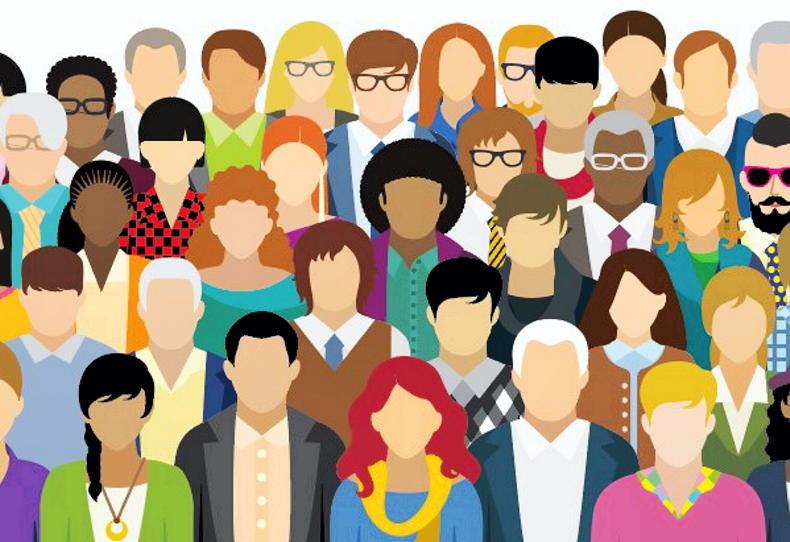
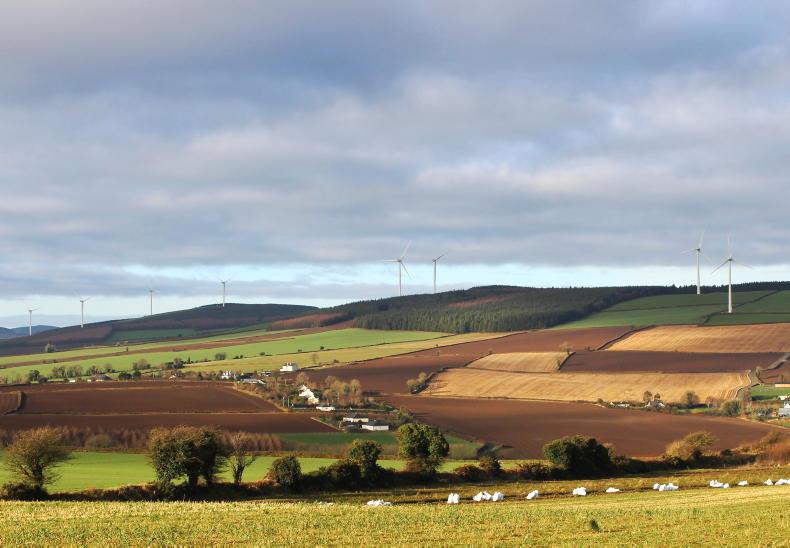
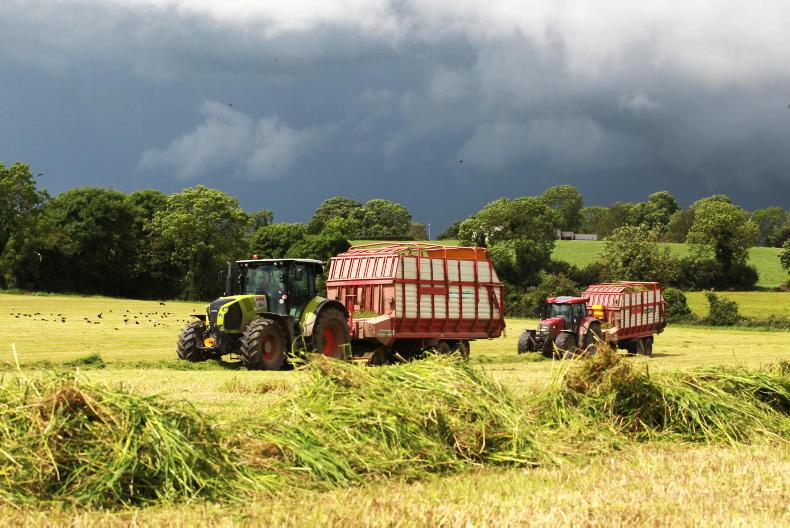
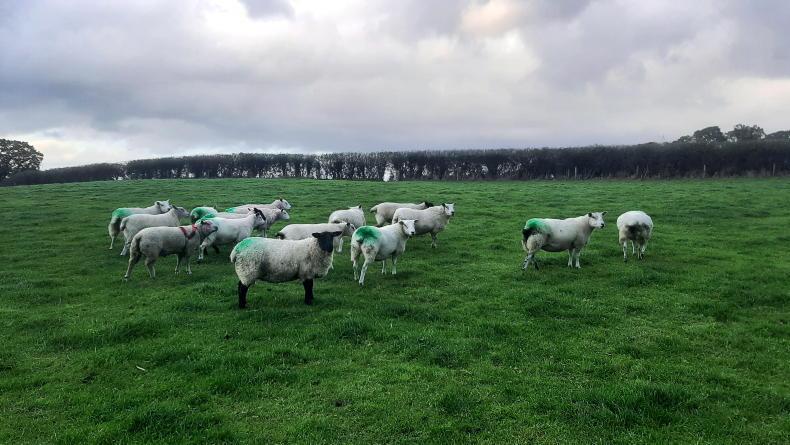
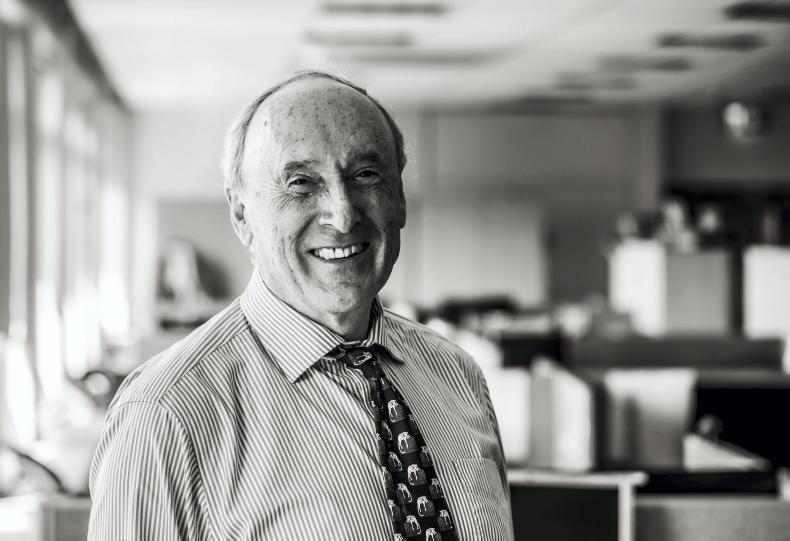
SHARING OPTIONS